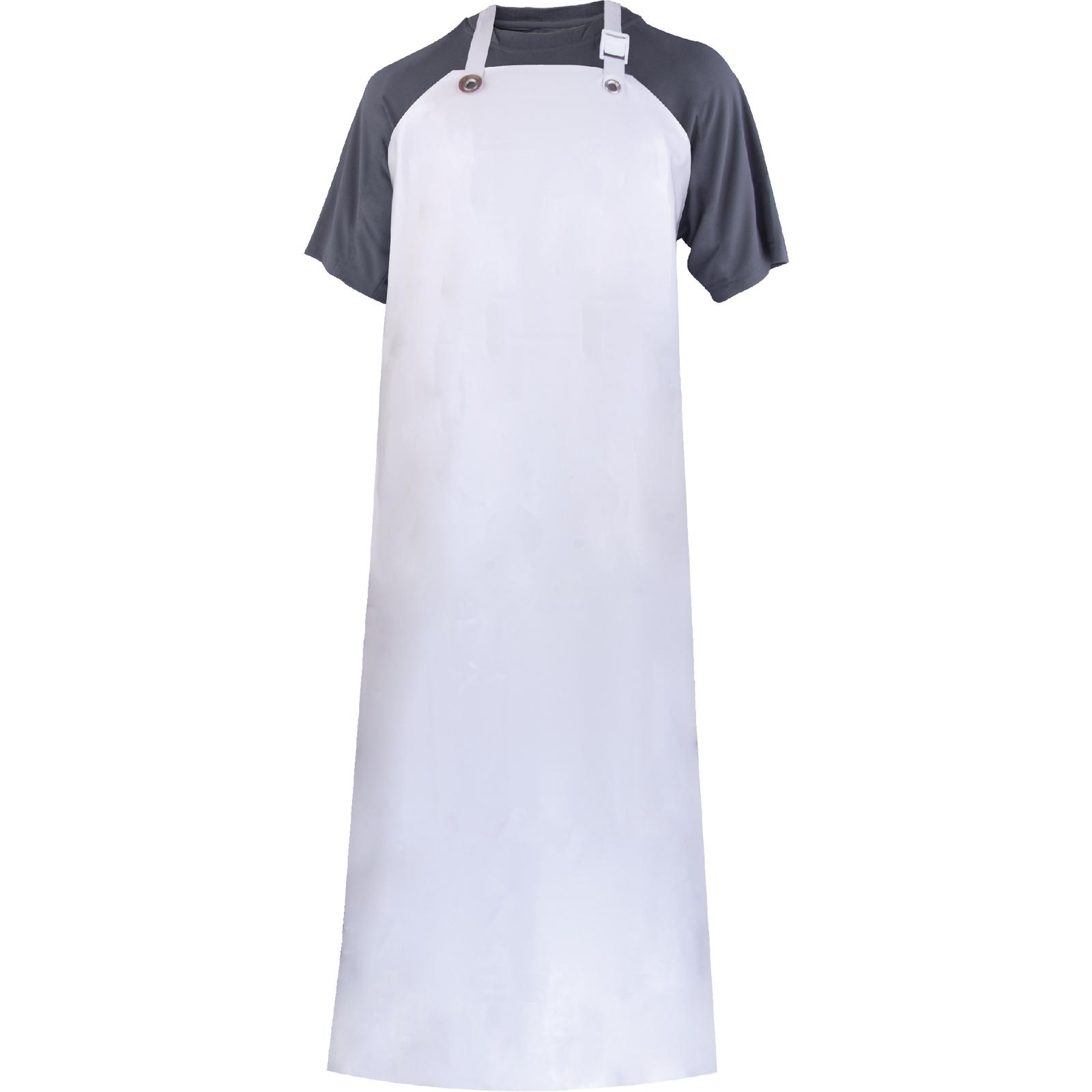Tabnit (Phoenician: 𐤕𐤁𐤍𐤕 TBNT) was the Phoenician King of Sidon c. 549–539 BC. He was the father of King Eshmunazar II.
He is well known from his sarcophagus, decorated with two separate and unrelated inscriptions – one in Egyptian hieroglyphics and one in Phoenician script. It was created in the 6th century BC, and was unearthed in 1887 by Osman Hamdi Bey at the Ayaa Necropolis near Sidon together with the Alexander Sarcophagus and other related sarcophagi. Tabnit's body was found floating in the original embalming fluid and almost perfectly preserved, save for the face and neck which were not submerged, but Bey's men spilled all the fluid and left the body to rot in the desert sun, at which point it quickly decomposed to little more than bones and withered viscera. Both the sarcophagus and Tabnit's decomposed skeleton are now in the Istanbul Archaeology Museums.
The sarcophagus, together with the Sarcophagus of Eshmunazar II, was possibly acquired by the Sidonians following their participation in the Battle of Pelusium (525 BC), and served as models for later Phoenician sarcophagi.
Dating
Both the Tabnit sarcophagus and the Sarcophagus of Eshmunazar II are thought to originally date from the Twenty-sixth Dynasty of Egypt, which had its capital at Sais. This is partially due to their resemblance to similar sarcophagi such as the Psamtik II-era Horkhebit sarcophagus from Saqqara, now in the Metropolitan Museum of Art.
Notes
References
- Elayi, Josette (2006). "An updated chronology of the reigns of Phoenician kings during the Persian period (539–333 BCE)" (PDF). Digitorient. Collège de France – UMR7912. Archived from the original (PDF) on 2020-07-30.
- Hamdi Bey, Osman; Reinach, Théodore (1892), Une nécropole royale à Sidon [A royal necropolis in Sidon] (in French) (editio princeps)
- Hamdi Bey, Osman; Reinach, Théodore (1892), Une nécropole royale à Sidon: fouilles: Planches [A royal necropolis in Sidon: excavations] (in French) (Plates)
- Jessup, Henry Harris (1910), Fifty-Three Years In Syria, vol. 2, Fleming H. Revell Company, p. 507
- Gottheil, Richard (1889), "The Inscription of Tabnit", Hebraica, 5 (2): 197, doi:10.1086/369051, JSTOR 527253
- Bommas, Martin (2006), "Die hieroglyphischen Texte auf dem Sarg des Tabnit" [The hieroglyphic texts on the Sarcophagi of Tabnit], Orientalia, 75 (1): 15
- Assmann, Jan, "Zur Baugeschichte der Königsgruft von Sidon" [The construction history of the royal tomb of Sidon] (PDF), Archäologischer Anzeiger: 690–716
- Nitschke, Jessica (2007), Perceptions of Culture:Interpreting Greco-Near Eastern Hybridity in the Phoenician Homeland (Ph.D.), University of California, Berkeley
- Torrey, Charles (1902), "A Phoenician Royal Inscription", Journal of the American Oriental Society, 23: 156–173, doi:10.2307/592387, JSTOR 592387



![]()
